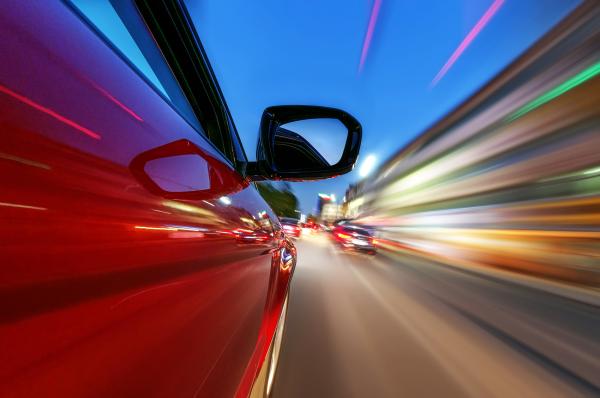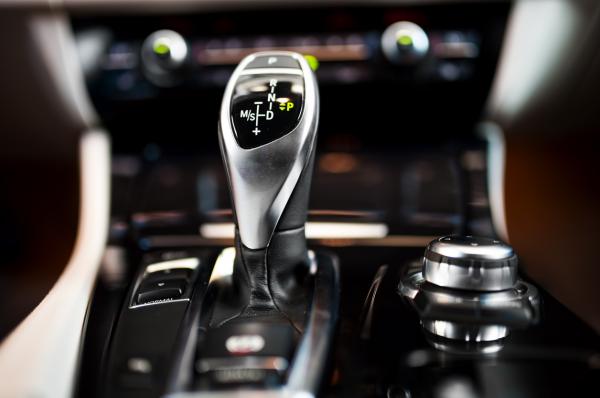
An automatic car gear system is the one by which the vehicle automatically changes gears as it moves forward. Today, more and more people are favoring cars with this transmission system than those with manual shift gears. This is because learning to drive cars with automatic gears is much easier and faster. Vehicles with automatic gears have an internal combustion engine that runs at a high rotational speed, thus providing different torque outputs and speed ranges required for the movement of the vehicle. Although the transmission remains automatic, you still need to exercise some control over the shifts. This oneHOWTO article will show you how to understand automatic car gears.
Park (P) mode
When you select this mode, the output transmission shaft is locked and the vehicle is restricted from moving anywhere. But the non-driving wheels of the car can still rotate and you will need to use the hand brake to lock all the wheels completely. If driving a 4 wheel drive automatic, this won't be the case.
Reverse (R) mode
When you select this mode, your vehicle will be able to drive backwards. Most vehicles will also turn on the backup lights to allow improved visibility. To select the reverse mode, you will have to first stop the car completely, use the shift-lock button and select the reverse. You can freely move from R mode to N or D, but not back to R without pressing a shift button.

Neutral (N) mode
Entering this mode will disengage all the gear trains in the transmission, and disconnect the transmission from all driven wheels. This will allow the car to move freely as per its own weight and momentum, without any force from the car’s engine. This mode should be avoided if you are leaving your car on an incline.
Drive (D) mode
While in drive mode, your transmission will engage all the available gear ratios that allow your car to move forward. The available gear ratios may differ from one car model to the other, but can be anywhere from three to nine.

Overdrive (OD) mode
Some transmissions use this mode to allow automatic transmissions for automatic overdrive. In this mode, the automatic overdrive is turned off and the gear shifts down automatically under hard acceleration. An up-shift to the OD gear is disabled, but other available gears are constantly engaged for compression braking.
Winter (W) mode
Some vehicle models have this mode which can be used to select second gear instead of the first one while starting from stationery. This will minimize traction because of wheel spin in ice or snow. In some vehicles, it is also termed as the Snow or Ice mode, or D2.

Brake (B) mode
Some manufacturers also provide this Brake mode which users can use to decelerate or maintain a speed while going downhill. In some models, the B mode is used to slow down a car in parts by increasing the air intake of the engine.
D5 mode
Some models have a D5 mode, which is commonly used while driving on a highway. This mode uses all the five gear ratios for moving forward.

Sport (S) mode
This mode is much similar to the D mode, but with much higher up-shifts change than the engine’s rev range. All the engine output levels are maximized under this mode, thus enhancing the vehicle’s performance during acceleration. The down change will also be much higher than the D mode, thus maximizing the engine braking effects of the vehicle.
If you want to read similar articles to How to Understand Automatic Car Gears, we recommend you visit our Cars category.